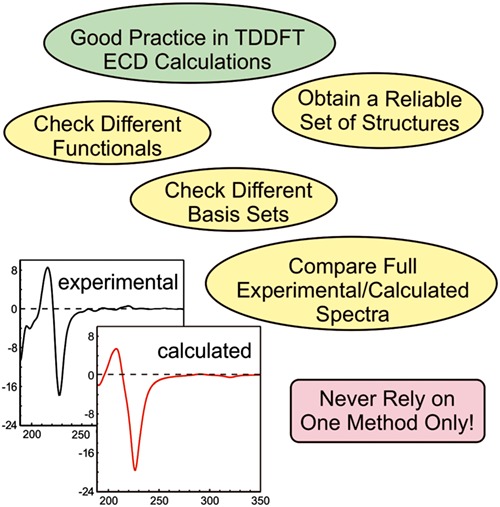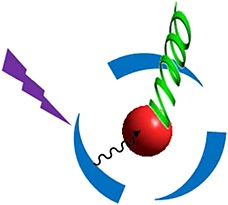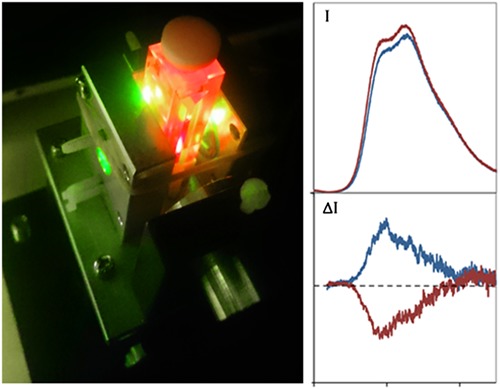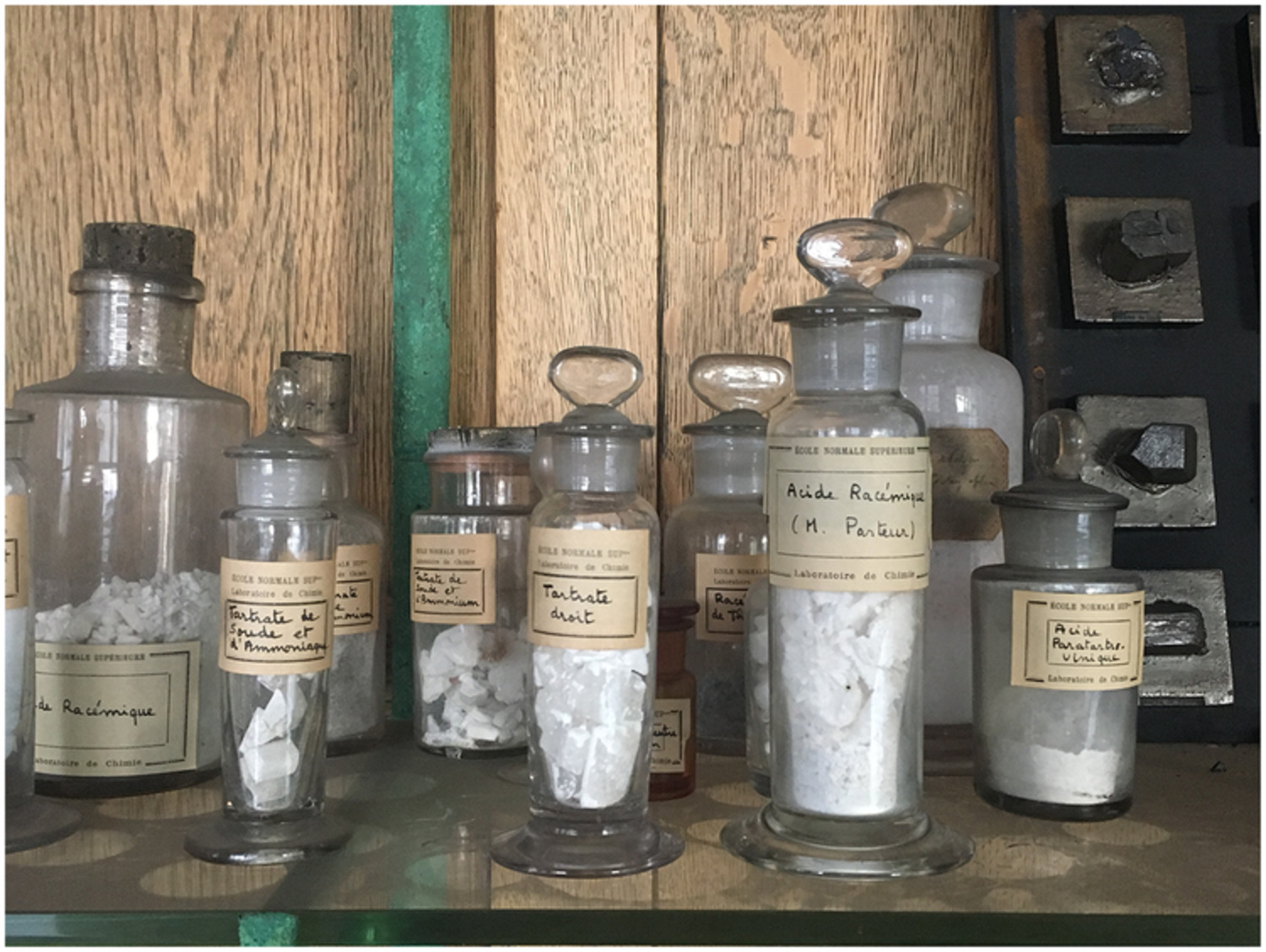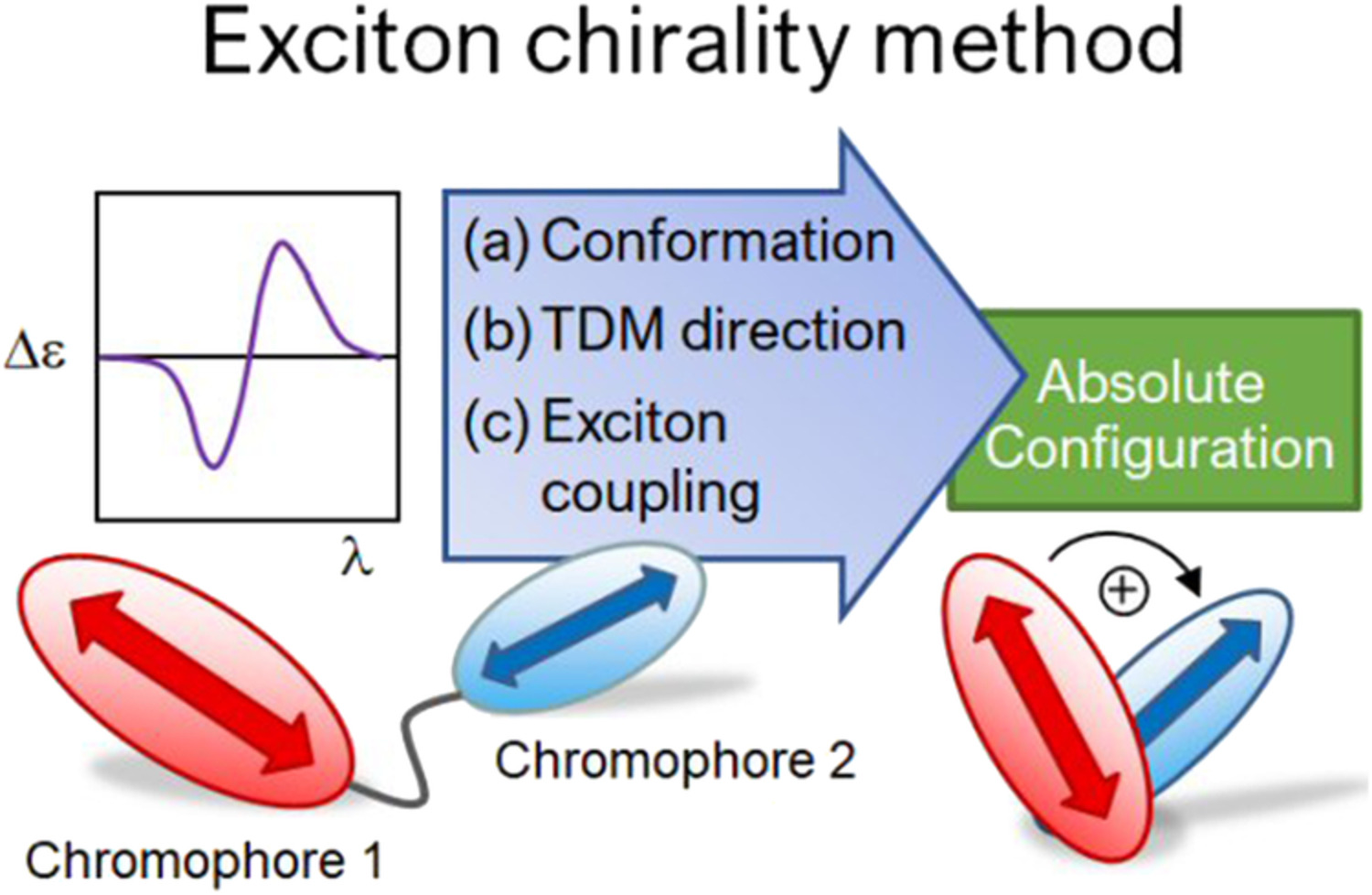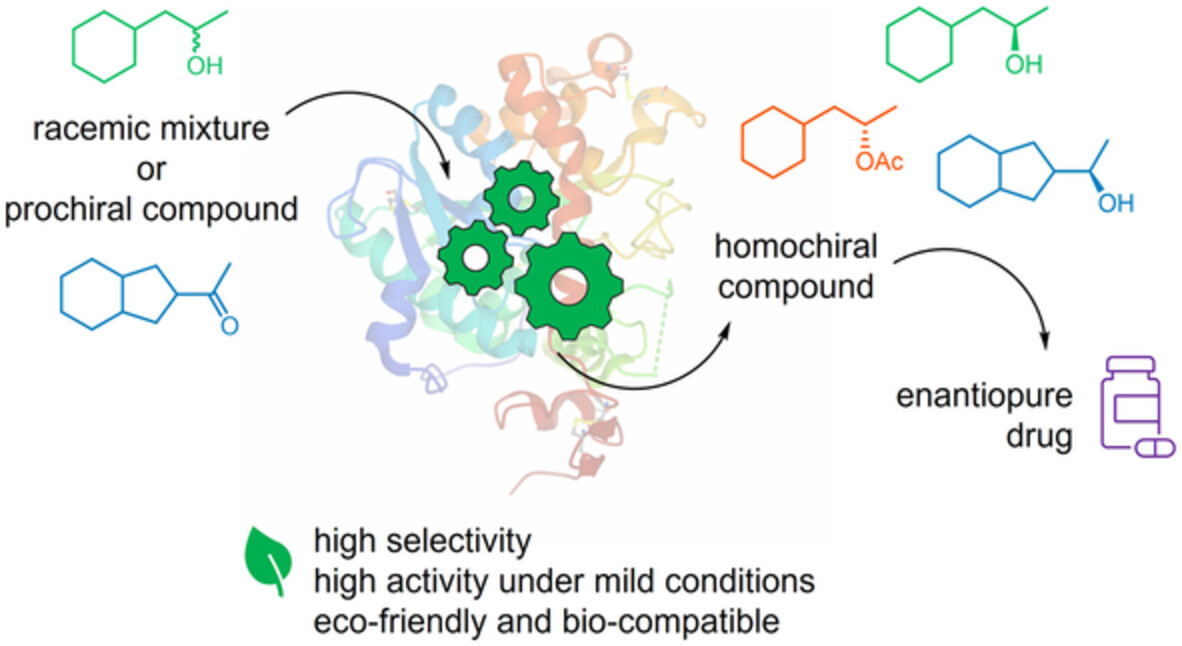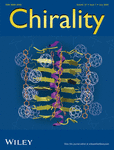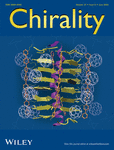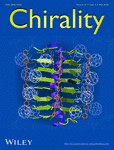Edited By: Prof. Minghua Liu
We are the unrivalled scientific journal for chirality research. Chirality publishes original contributions on the role of chirality in chemistry and biochemistry and its biological, chemical, materials, pharmacological, spectroscopic and physical properties.
Our scope encompasses fields such as chemistry (physiochemical, preparative synthetic, and analytical), physics, pharmacology, clinical pharmacology, toxicology, and other biological aspects of chiral molecules.
Journal Metrics
- 4.9CiteScore
- 3Journal Impact Factor
- 62%Acceptance rate
- 23 days Submission to first decision
Announcements
On the Cover
Articles
Chiral Post-Modification of UiO-66-NH2 on Gas Chromatography Chiral Separation
- 17 July 2025
Graphical Abstract
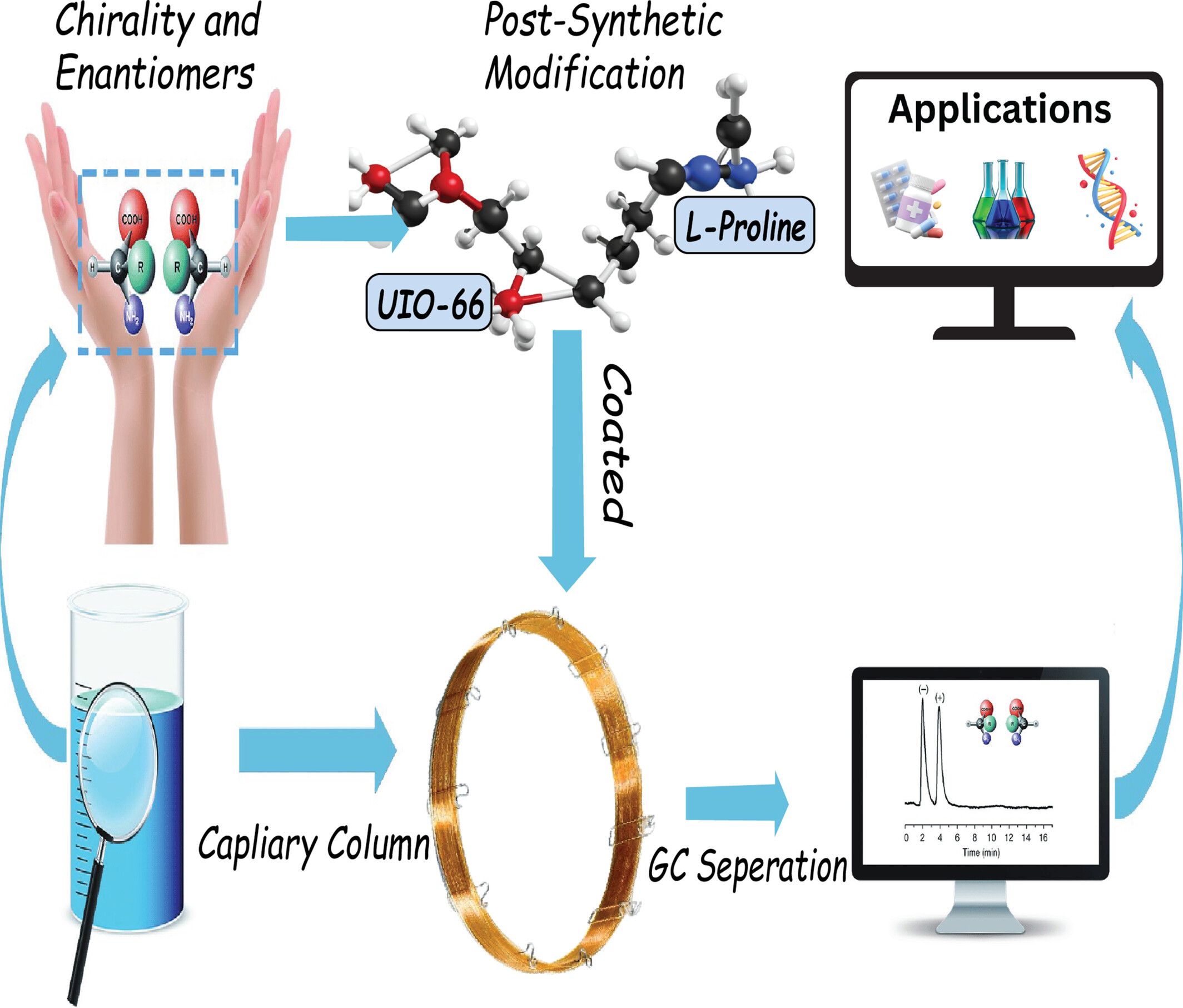
A particular type of zirconium metal–organic framework (MOF) called chiral UiO-66 was created to serve as a stationary phase in gas chromatography. It successfully achieved high-resolution separation of enantiomers, such as linalool and α-pinene, as well as positional isomers. This MOFs is effective for chiral analysis in the chemical and pharmaceutical industries.
Chiral Separation and Molecular Simulation of Five Quinolones on a Bonded Amylose[(S)-α-Methylbenzyl Carbamate] Column (CHIRALPAK IH) and the Elucidation of Its Recognition Mechanism
- 17 July 2025
Stokes Spectropolarimetry Applied to Measure Circular Birefringence Dispersion of Aqueous Solutions of Sugars
- 8 July 2025
Graphical Abstract
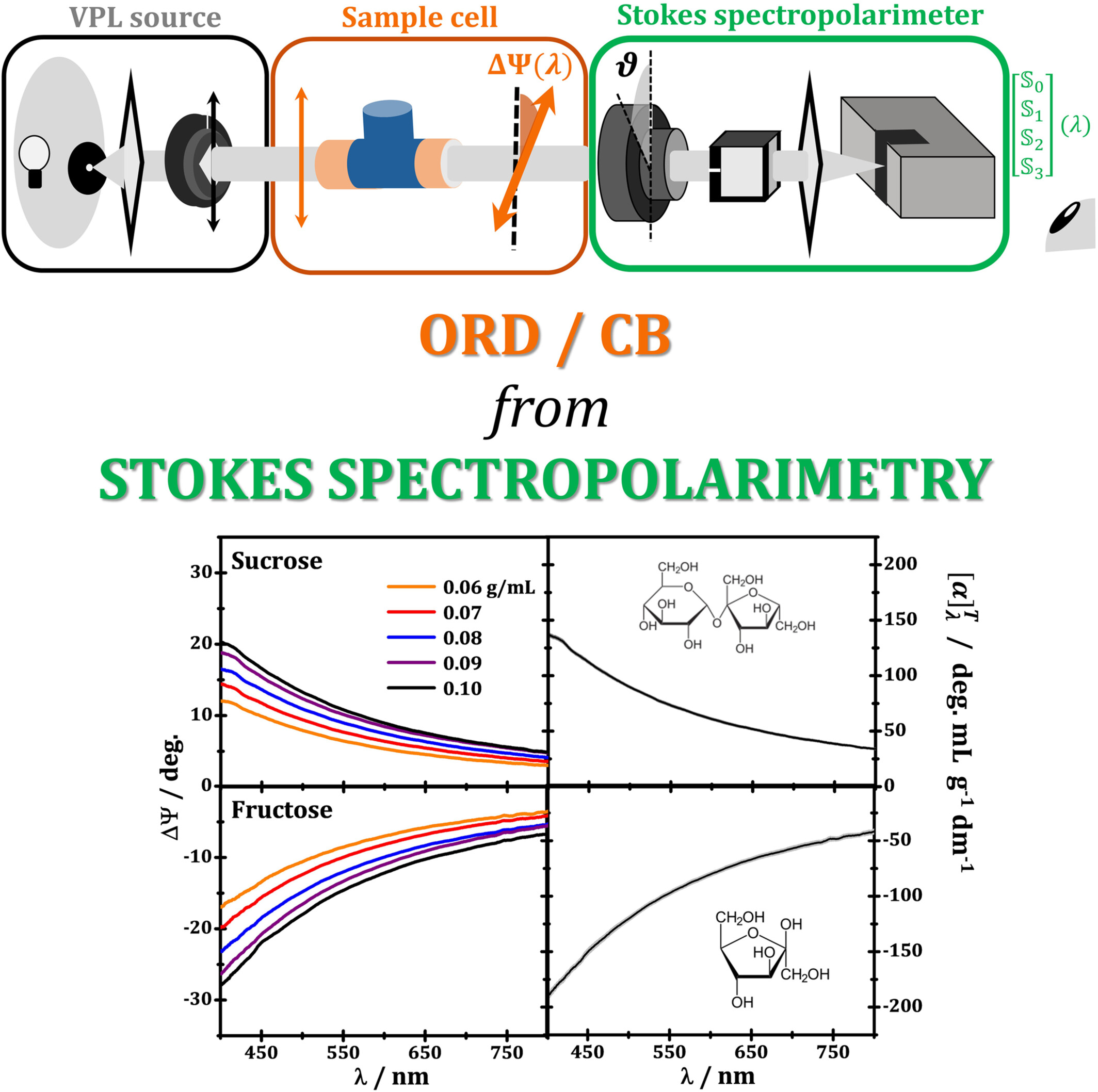
This work demonstrates the use of Stokes spectropolarimetry (SSP) to investigate optical rotatory dispersion (ORD), or circular birefringence (CB), of chiral sugar solutions. The results confirm the relationship between concentration and optical rotation, the dependence on wavelength, and the versatility of SSP to characterize optical anisotropies.
Electrochemiluminescent Chiral Sensor Based on Covalent Organic Frameworks for Discrimination of Phenylalanine Enantiomers
- 6 July 2025
Automated Evaluation Method for Aggregation‐Induced Circularly Polarized Luminescence of Platinum(II) Complexes With 1,1′‐Bi‐2‐naphthol Derivatives as Ligands
- 4 July 2025
Graphical Abstract
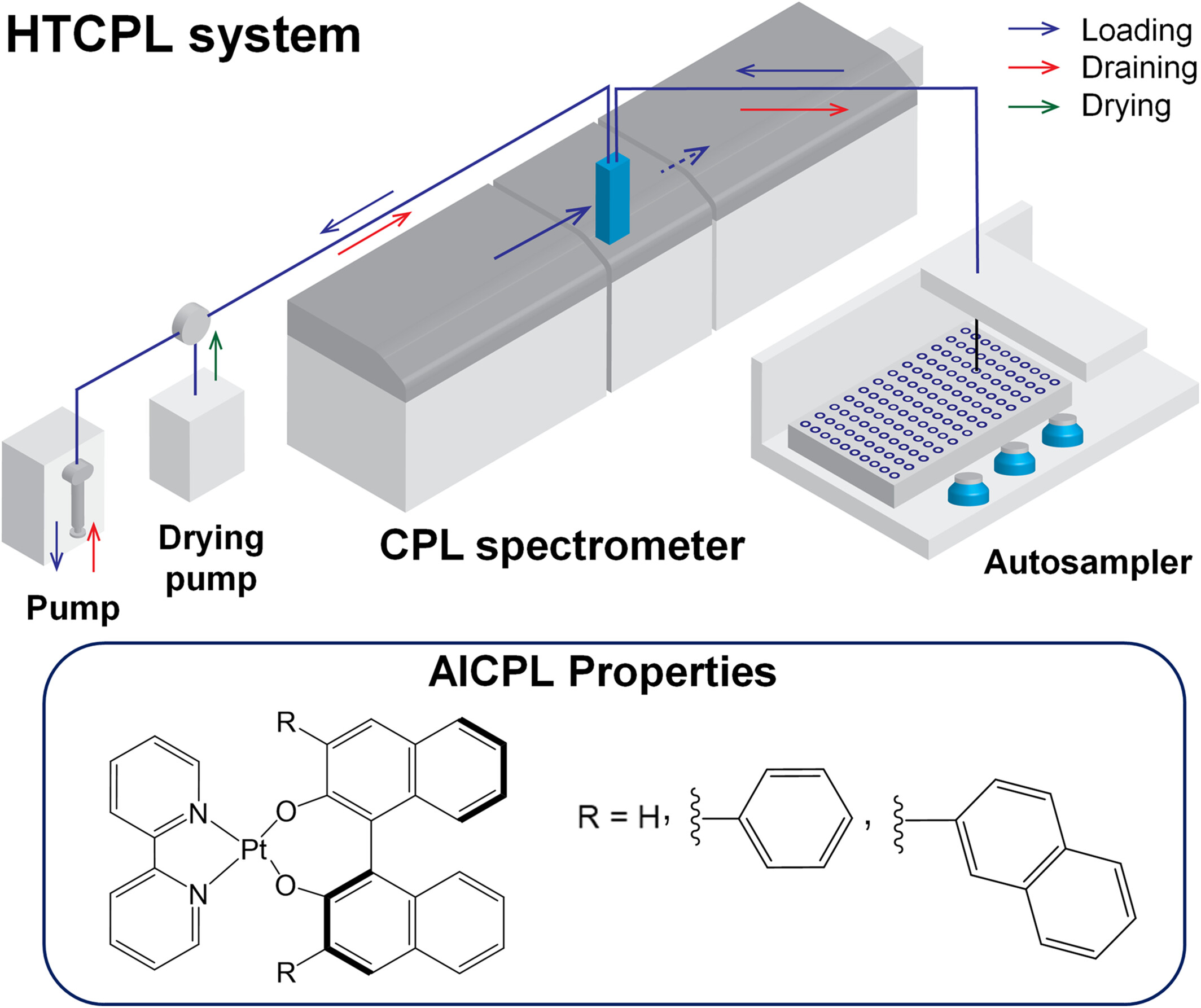
An automated high-throughput circularly polarized luminescence (HTCPL) system capable of simultaneously obtaining both circularly polarized luminescence (CPL) and luminescence spectra was used to evaluate the aggregation-induced CPL (AICPL) properties of newly synthesized platinum complexes. This study demonstrates that the HTCPL system effectively reduces human error and improves measurement efficiency in the AICPL evaluation process.
The following is a list of the most cited articles based on citations published in the last three years, according to CrossRef.
SpecDis: Quantifying the Comparison of Calculated and Experimental Electronic Circular Dichroism Spectra
- 243-249
- 26 March 2013
Good Computational Practice in the Assignment of Absolute Configurations by TDDFT Calculations of ECD Spectra
- 466-474
- 20 April 2016
Lanthanide Circularly Polarized Luminescence: Bases and Applications
- 1-13
- 16 October 2014
Circularly Polarized Luminescence: A Review of Experimental and Theoretical Aspects
- 696-707
- 27 September 2016
Pasteur and chirality: A story of how serendipity favors the prepared minds
- Chirality
- 597-601
- 6 August 2021
Chiral phonons: circularly polarized Raman spectroscopy and ab initio calculations in a chiral crystal tellurium
- Chirality
- 338-345
- 9 March 2023
Graphical Abstract

We observed a chiral phonon in chiral unary crystal tellurium using circularly polarized Raman spectroscopy. By comparing the experiment and ab initio calculation, we determined the handedness of tellurium. We also evaluated the chirality of the phonons by a measure having the symmetry same as electric toroidal monopole.
ECD exciton chirality method today: a modern tool for determining absolute configurations
- Chirality
- 333-363
- 17 November 2021
Chiral stationary phases and applications in gas chromatography
- Chirality
- 732-759
- 22 March 2022
Graphical Abstract
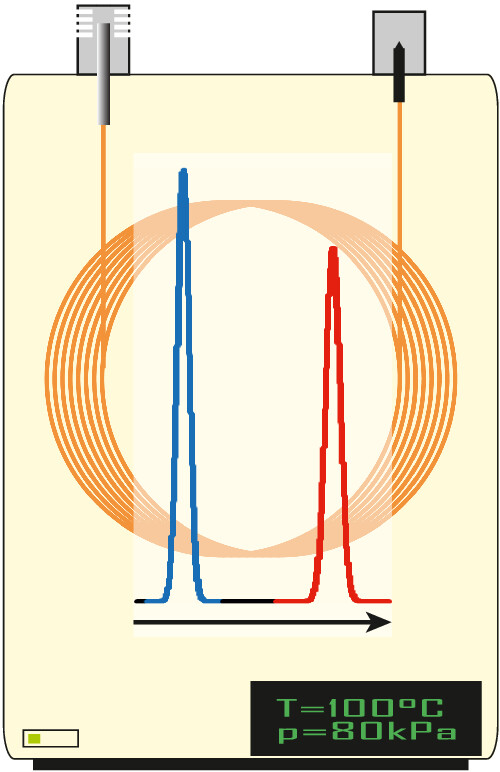
This review article focuses on the development of chiral stationary phases for gas chromatography. The fundamental mechanisms of the recognition and separation of enantiomers and the selectors and chiral stationary phases used in chiral gas chromatography are presented. An overview over syntheses and applications of these chiral stationary phases is presented as a practical guidance for enantioselective separation of chiral compound classes and substances by gas chromatography.
Recent issues
- Volume 37, Issue 8August 2025
- Volume 37, Issue 7July 2025
- Volume 37, Issue 6June 2025
- Volume 37, Issue 5May 2025



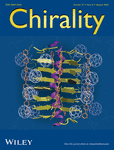


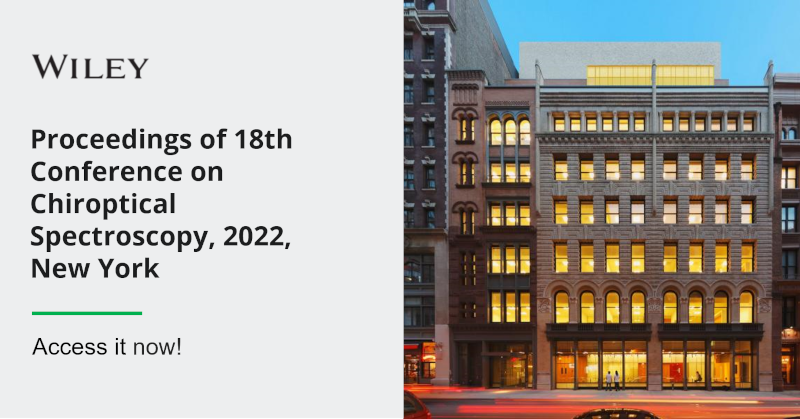
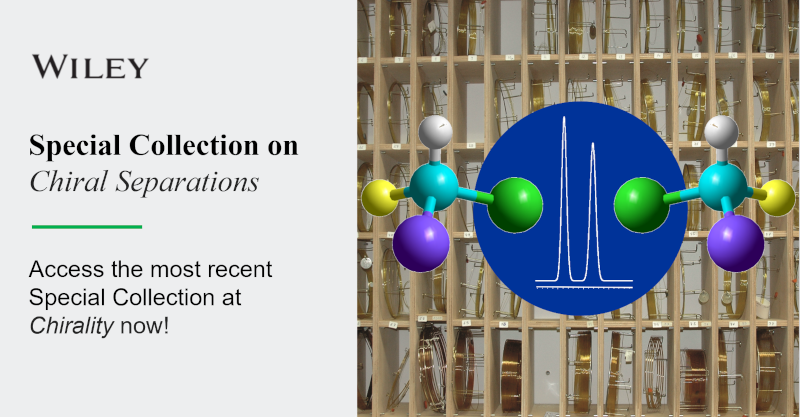
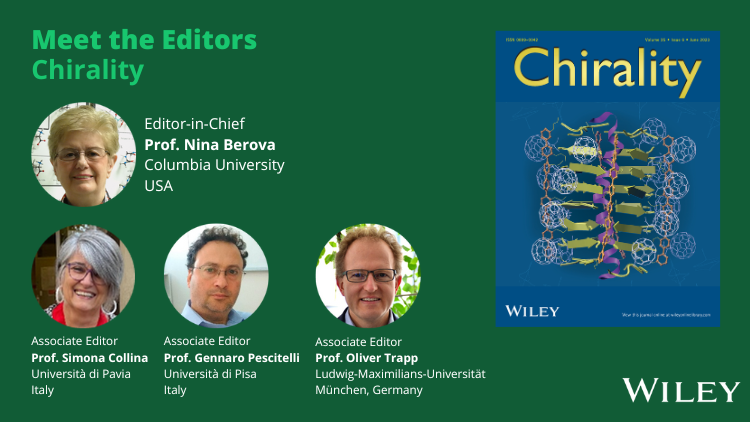
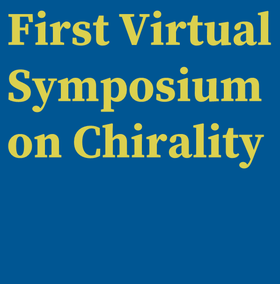



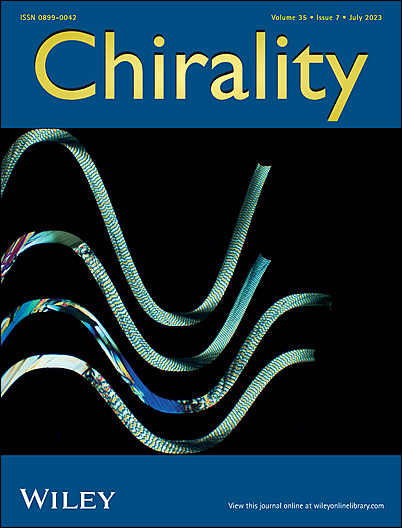
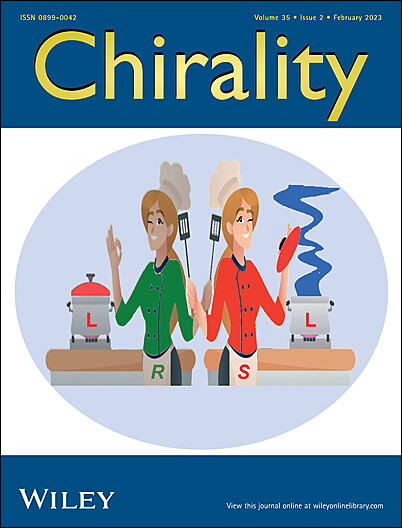
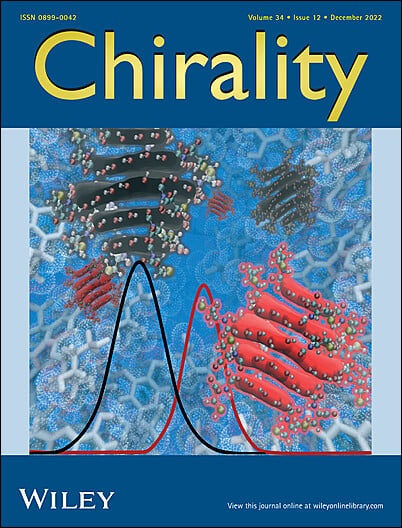
![Chiral Separation and Molecular Simulation of Five Quinolones on a Bonded Amylose[(S)-α-Methylbenzyl Carbamate] Column (CHIRALPAK IH) and the Elucidation of Its Recognition Mechanism Issue 8, 2025](/cms/asset/ed7f80c4-ff3f-4c4b-800c-05f17f11a6cb/chir70050-toc-0001-m.jpg)

